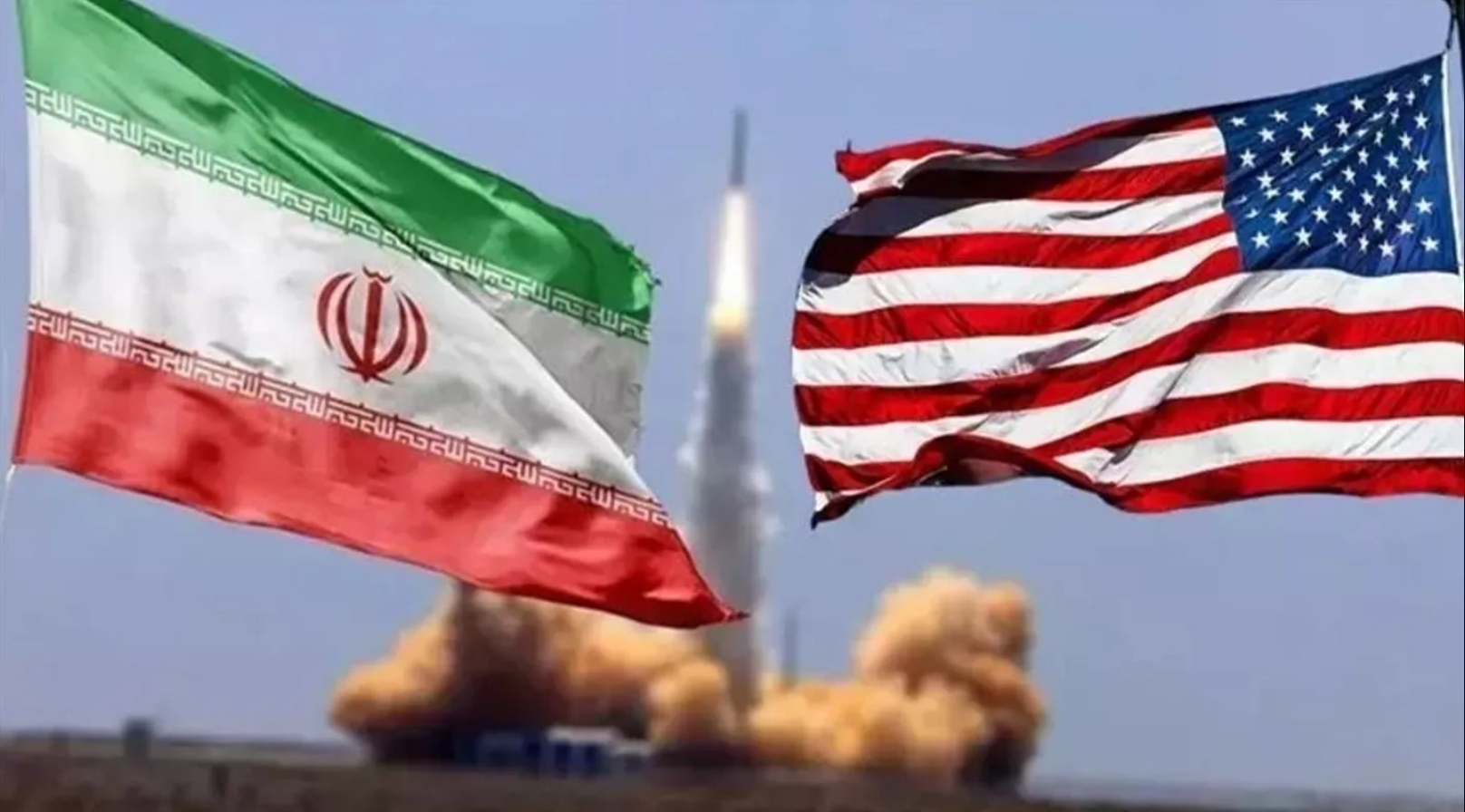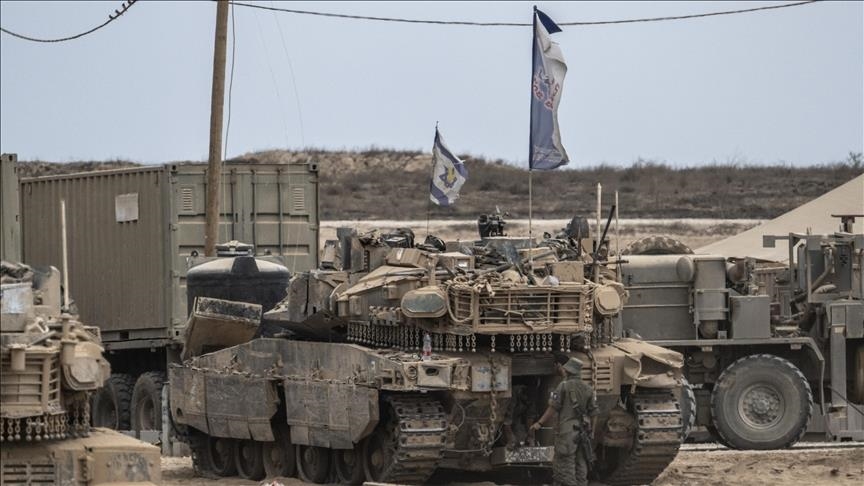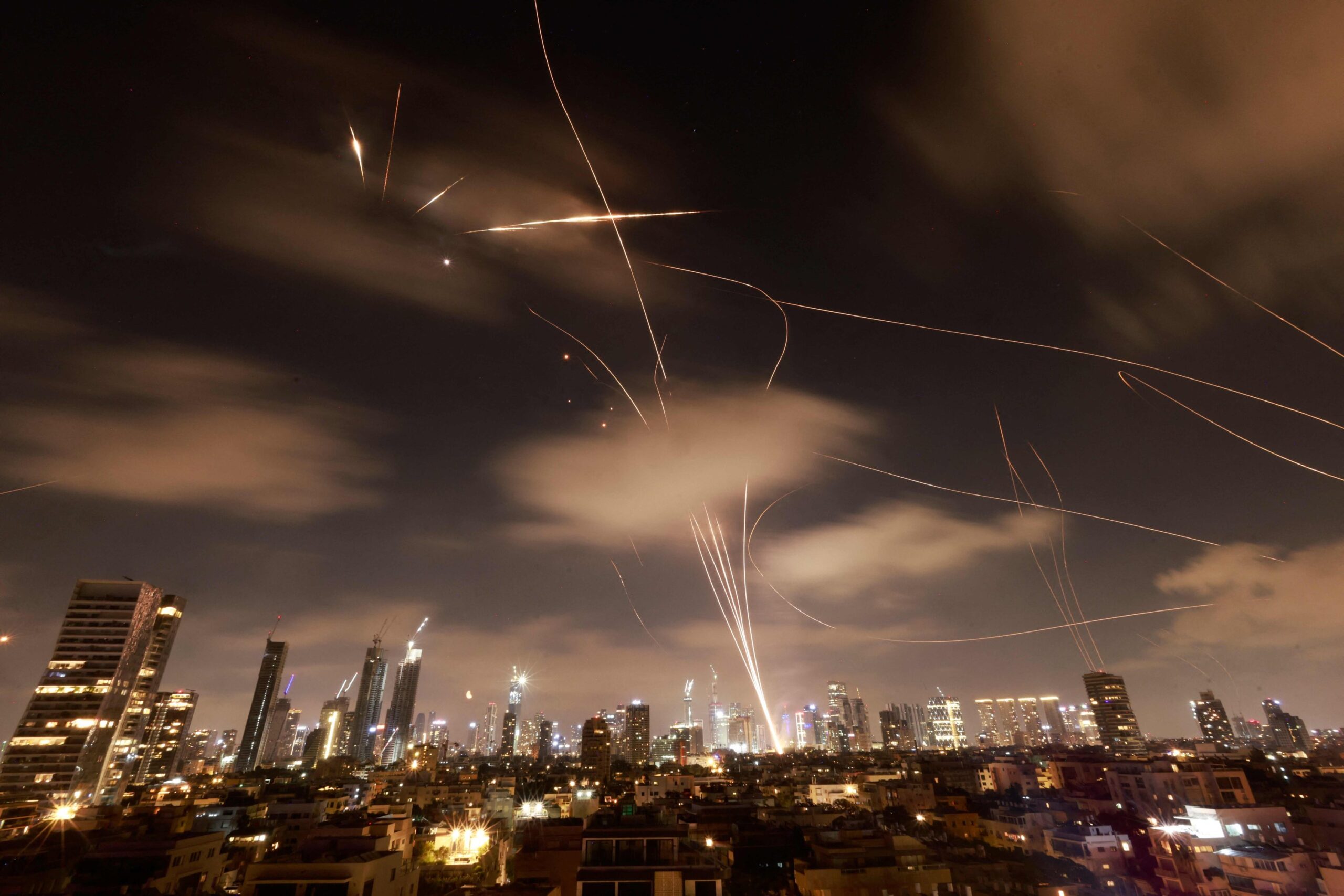Understanding the foundational distinction between the paradigm of domination and the paradigm of resistance is the prerequisite for any profound explanation of future developments in West Asia and the world. The United States embodies, in its political, military, and cultural strategies, the paradigm of domination — a language aimed at possessing and controlling the world. In contrast, Iran has positioned itself within the paradigm of resistance, speaking the language of a different way of being in the world: one rooted in sovereignty, defiance against hegemonic power, and solidarity with oppressed nations.
By Ali Kakadzefuli, Political Sociologist
The analysis of state actorship is an exceedingly complex undertaking. Owing to this difficulty, it is often subject to reductionism and oversimplification in media, where military actions, alliance-building, and economic pressures are compared within a single analytical framework, devoid of their philosophical roots and ontological foundations. This approach leads to profound misunderstandings, particularly in comprehending the international actorship and political behavior of the Islamic Republic of Iran in relation to the United States of America. While the language of conflict and actorship of these two players may occasionally bear superficial resemblances, their essence, meaning, ultimate goals, and methods of execution stem from two entirely distinct worldviews and paradigms. America’s language is that of a hegemonic power seeking to preserve and expand its dominance; Iran’s language, conversely, is that of a counter-hegemonic power aiming to create deterrence and realize a model of resistance. This article seeks to trace the genealogy of these fundamental distinctions by examining regional developments over the past two decades.
Architects of the Status Quo vs. Architects of a New Paradigm
The primary root of the difference in the language of actorship between Iran and the U.S. must be sought in their philosophical foundations. American actorship emerges from a liberal-capitalist tradition and the concept of American Exceptionalism. This perspective, rooted in Manifest Destiny, assigns a historical mission to the United States to manage and lead the world. From this vantage point, the international system is an anarchic space requiring an ordering power (a hegemon) to secure interests and safety—albeit with American interests at its core. Consequently, its language of actorship is material, profit-oriented, and predicated on power for control. In this language, stability signifies the preservation of the existing status quo and a structure that guarantees American supremacy.
In contrast, the language of actorship of the Islamic Republic of Iran since the 1979 revolution originates from a divine and Shi’i worldview, in which concepts such as justice, the struggle against oppression (or global arrogance), and support for the oppressed play a central role. This actorship perceives the international system not as anarchic, but as unjust—a system where a dominant power (the Arrogance) tramples upon the rights of other nations. Therefore, Iran’s language of actorship is idealistic, meaning-centric, and based on power for resistance. Stability in this discourse means achieving an equitable balance and breaking the monopoly of power, not accepting the existing order of domination. This ontological difference reproduces itself across all other levels of analysis.
Global Hegemony vs. Regional Deterrence
This duality in worldview naturally defines divergent strategic objectives. The principal strategic goal of the United States is the preservation and management of a unipolar world order and the prevention of the rise of any serious competitor. U.S. national security is defined extra-territorially, extending to the farthest corners of the globe. Any region with the potential to challenge American hegemony is deemed a security threat. Hence, U.S. actorship is inherently preemptive and offensive, even when shrouded in the rhetoric of defense or democracy promotion. Its defense is the defense of its hegemonic position, not its territorial integrity.
On the other side, Iran’s strategic objective is to ensure survival against existential threats and to create strategic depth for its own defense. Unlike the U.S., Iran’s national security is defensive in nature and based on pushing threats away from its borders. The formation of the Axis of Resistance in the region is not an attempt at territorial expansion or ideological exportation in the classic sense, but rather a strategy to create a defensive shield against the mounting pressures from the hegemonic system and its regional allies, particularly the Zionist regime. Iran’s actorship is reactive—an intelligent reaction to decades of pressure, sanctions, and military threats. While the U.S. seeks to control the environment, Iran seeks to secure its surrounding environment.
State-Dismantling vs. State-Strengthening: Two Models of Intervention
The deepest layer of difference is revealed through the analysis of actions that may appear similar on the surface.
- Alliances: U.S. alliances (like NATO or ad-hoc coalitions) are hierarchical, with a center-periphery structure in which Washington is the ultimate decision-maker. The goal of these alliances is power projection into distant regions and the distribution of the costs of hegemony. The Axis of Resistance, in which Iran plays a pivotal role, is a horizontal, flexible, and ideological network. This axis is formed based on a common enemy and a shared objective (countering U.S. and Israeli influence), and its members (both state and non-state actors) possess considerable operational autonomy. This model is designed not for power projection, but for the distribution of resistance and the creation of asymmetric deterrence.
- Military Intervention: The U.S. military interventions in countries like Iraq and Afghanistan were aimed at nation-state building based on a liberal model and fundamentally altering the political structure. These interventions were carried out using massive, conventional military force, and their outcome was the collapse of states, the creation of power vacuums, and the rise of terrorist groups like ISIS. In contrast, Iran’s advisory presence in the countries of the Axis of Resistance, especially Syria and Iraq, was at the official invitation of their governments and aimed at preserving territorial integrity and countering Takfiri terrorism. Iran’s strategy was not regime change, but the strengthening of incumbent states against shared threats. This actorship was based on asymmetric warfare, empowering local forces, and preventing state collapse—the very antithesis of the de-statizing approach of the United States.
- Engagement with Nations: The actorship of the U.S. and Iran follows two opposing logics: containment and inspiration. The United States employs a top-down, instrumentalist approach, viewing nations as objects to be managed and controlled within the framework of its hegemonic order. Through governments and the twin levers of seduction (the promise of development and the American dream) and coercion (sanctions and threats), the U.S. seeks cultural homogenization and political control over nations. In stark contrast, the model of the Islamic Republic of Iran is a horizontal, discursive, and bottom-up interaction, in which nations are addressed as authentic subjects to be awakened and empowered. Instead of exporting a lifestyle, Iran promotes a model of resistance and self-reliance, seeking through direct inspiration to create a network of independent and powerful nations capable of determining their own destiny.
- The Proxy Misnomer: Applying the term “proxy group” to Iran’s regional allies stems from a simplistic conflation with the American model and is a fundamental analytical error. The American model is based on proxy contractors: groups that often lack deep popular roots and are employed as temporary, controlled instruments in a vertical, transactional relationship to advance Washington’s short-term interests, and can be discarded at any time. Iran’s model, however, is based on strategic allies. These groups are authentic movements with powerful social bases in their own societies, partnered with Iran through a horizontal bond based on ideological alignment within the discourse of resistance. They possess operational autonomy and independent decision-making structures. In this network, Iran plays the role not of a controlling master, but of an enabling ally.
Conclusion
It can be argued that the confrontation between Iran and the United States is more than a strategic conflict between two states; it is the stage for a clash of two existential logics and two paradigms for world ordering. On one side stands the logic of calculative domination, which defines power in terms of material control and structural subjugation, viewing any independent action as a disruption of stability. On the other side is the logic of meaning-making resistance, which finds power in the ability to inspire, in autonomy of decision-making, and in the formation of collective wills to redefine justice.
The most critical aspect of this distinction is manifested in an asymmetry of perception. The hegemon, by its inherently self-referential nature, is incapable of grasping the discursive depth and identity-based roots of the actorship of resistance, reducing it to simplistic labels like terrorism or proxy warfare. This very misunderstanding constitutes its strategic vulnerability and is the secret to the resilience and expansion of the rival paradigm. Therefore, the future of this confrontation will not only determine the geopolitical fate of West Asia but will also serve as a test for the viability and efficacy of an alternative model in international relations—a model demonstrating that in the 21st century, the power of discourse and the network of wills can be just as, if not more, history-making than the power of firepower and hierarchies of force. Understanding the foundational distinction between the paradigm of domination and the paradigm of resistance is the prerequisite for any profound explanation of future developments in West Asia and the world. The language of one is the language of possessing the world; the language of the other is the language of a different way of being in the world.







